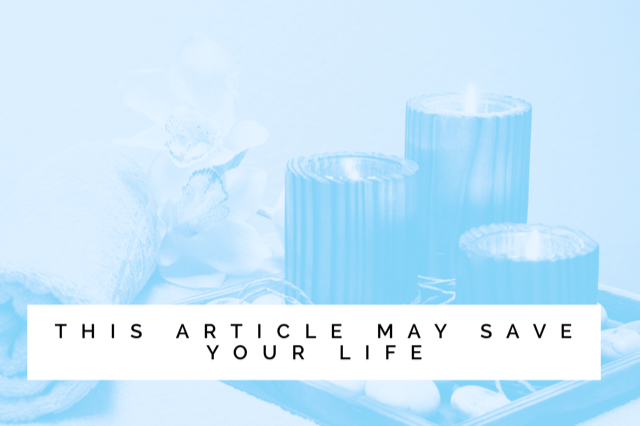This article may save your life
Dominic Howard of Best Doctors looks at the growing importance of added value services on protection products.

An eye-catching headline straight out of the marketing manual, for sure. But there are indeed situations in which the ancillary services offered by Protection insurers have literally saved lives.
Some of these services, if not life-saving, have such value, perceived or otherwise, that smart insurers are cottoning on to the benefit of leading with these and relegating the insurance element.
In other words, moving from reactive risk coverage to offering services with an everyday value.
From prevention – think medical devices measuring heart rate, blood pressure, BMI, calculating your health age, nutritional advice, fitness wearables and advice; to rehabilitation and cure – think second opinion, GP helplines, talking therapies, nurse lines and patient advocacy; the plethora of ‘added value services’ out there that can serve a variety of purposes. Amongst these are
- Revenue and profit that come from the justification of slightly higher rates or the consolidation of existing prices
- Improvements in sales and retention
- Brand enhancement through demonstrating customer care and innovation, whether to stand out from the crowd or ‘keep up with the Joneses’
- Engaged intermediaries who can steer the conversation with their clients away from price onto tangible, everyday value for their clients
- Better health outcomes leading to savings through avoidance of unnecessary surgery, quicker return to work, fewer face-to-face medical appointments meaning higher productivity and so on.
Added value services must, of course, be relevant, contemporary, easy to understand, easy to communicate, and accessible. They do not have to have anything to do with a claim.
Relevance could be determined by the profile of the customer base. Is it old or young, rich or poor, tech-savvy or IT-phobic, white collar or manual, family oriented, single, etc? The holy grail is a service that has the widest possible appeal and that if required, can be adjusted with subtle tweaking to attract specific segments of the insured population.
The ease with which the service can be communicated is imperative. Whilst a service concept may be simple to grasp, the cardinal sin is to build in a great service and then not tell anyone about it. Key to extracting the maximum value from added value services is a clear and well executed engagement plan that can be deployed on five fronts.
First, training of key staff within the insurer; notably claims, customer services (including nurselines), sales and marketing staff.
Second, training of intermediaries, be they IFA’s, EBC’s, mortgage brokers, etc. In a heavily intermediated market, a sustained campaign of webinars, road shows and benefit fairs is vital. Get the message out there, and then keep it there.
Third, in the case of Group Risk, training of employers (which might include senior management, the HR department, in-house GP’s or the Occupational Health department), through to direct education of the employees through, for instance, lunch and learn sessions.
Fourth, direct to customer communication through text, e-mail etc (e.g. e-newsletters).
Fifth, indirect education and awareness through PR, marketing and if appropriate, advertising, including the judicious use of social media.
Added-value services can also be used to improve the health or wellness of the customer and in doing so improve engagement whilst reducing claims. Vitality, something of a pioneer, is a prime example, rewarding its members with things like travel discounts, even cinema tickets, for leading a healthy lifestyle measured by exercise, a nutritional diet and so on.
The other tactic that some insurers have adopted is ‘gamification’ whereby ‘the typical elements of game playing (e.g. point scoring, competition with others, rules of play)’ are used to encourage engagement with a particular product or service. More regular interactions and richer experiences are particularly important to millennials, who typically have less interest in life insurance but who may be more open, through digital channels, to marketing that taps into their zeitgeist.
There is a palpable shift away from price led products focused on a financial pay-out or remuneration for a single event that may never happen. Insurers increasingly understand that service led products that address the emotional and practical needs of the policyholder and his or her dependents are becoming the norm.
Is it possible that in years to come people will look back and see the growing added-value arms race of today as the early death knell of insurance as we know it?



